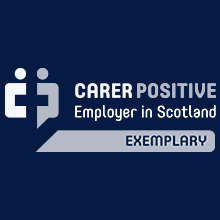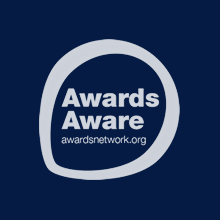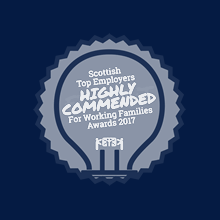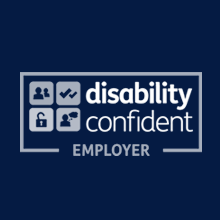Cluster Headache – advice for initial management in primary care
Dept Clinical Neurosciences, NHS Lothian. Dec 2019
Please note this is only designed as a brief summary of management to assist management in primary care Based on NICE guideline Nov 2017 – sign.ac.uk and Wei et al Managing Cluster Headache. Practical Neurology 2019 Please consult BNF for contraindications, cautions, side effects, pregnancy etc. More information at www.refhelp.scot.nhs.uk/
Cluster Headache
Cluster headache is a severe primary headache disorder. The ‘cluster’ refers to the way in which many patients experience a clustering of episodes over several weeks or longer before having a gap, usually longer, with no episodes. There is no such thing as ‘cluster migraine’. Cluster headache is usually REALLY severe. The episodes are typically orbital and occur with at least one of eye redness, tearing, nasal congestion/rhinorrhoea and ptosis/Horner’s. Patients with cluster are very agitated and will rock back and forward or pace up and down, in contrast to migraine where patients prefer to lie still. Attacks typically last 30-90 minutes and virtually never longer than 180 mins and often awaken people from sleep.
Do they need to see a Neurologist?
Yes, generally. Often the diagnosis is straightforward, but it is not a common condition and given its severity, seeing a neurologist is usually helpful. There are other types of ‘trigeminal autonomic cephalalgia’ as well such as paroxysmal hemicrania, SUNCT etc for us to think about. This advice is written so that treatment can commence in primary care prior to being seen.
General Lifestyle Advice
Patients with cluster headache are often smokers and more often men, but lifestyle changes seem to be less relevant than they are in migraine. Excessive alcohol or smoking can sometimes be triggers and stopping smoking is advised.
Jon Stone and Richard Davenport, Consultant Neurologists, NHS Lothian
December 2019
M.A & J.S. 20-12-22
Acute Treatment of each Cluster Headache
Medication overuse headache is less of an issue in cluster headache compared to migraine. Patients can take triptans every day if they are helping. Attacks are brief and severe, so acute treatment needs to be able to work quickly
| Sumatriptan by subcutaneous injection— initially 6mg for 1 dose, followed by 6mg after at least 1hour if headache recurs (people not responding to the initial dose should not take a second dose for the same attack); maximum 12mg per day or Sumatriptan nasal spray — initially 10–20mg, dose to be administered into one nostril, followed by 10–20mg after at least 2hours only if the headache recurs (people not responding to the initial dose should not take a second dose for the same attack); maximum 40mg per day or Zolmitriptan nasal spray — 5mg dose to be administered as soon as possible after onset into one nostril only, followed by 5mg after at least 2hours only if symptoms recur; maximum 10mg per day. Oxygen – 100% – If not contra-indicated (e.g. current smoker), provide 100% oxygen at a flow rate of 12–15 litres per minute via a non-rebreather face mask for 15 to 20 minutes. This requires a neurologist diagnosis and referral via Respiratory Medicine Nurses (NHS Lothian) |
| Do not offer paracetamol, nonsteroidal anti-inflammatories, opioids, ergots or oral triptans for the acute treatment of cluster headache. |
Treatment to end the ‘Cluster’
| Steroids | Prednisolone 40mg for 10-14 days and then tapering over a subsequent week can reduce the duration and impact of a cluster. Usual cautions and problems with steroids apply. Do not prescribe chronic steroids for cluster headache or prescribe repeatedly. |
| Verapamil | Can be started at the start of a cluster to make it shorter or used to prevent cluster Verapamil 80mg tds increasing by 80mg every two weeks – maximum 320mg tds One in five patients on verapamil develop cardiac arrhythmias, bradycardia or prolongation of PR interval. It is recommended to carry out baseline ECG and repeat 10 days after each increment, and then every 1-2 months. Stop it when the cluster stops |
| Others | These should be Neurologist Supervised. Other treatment options exist including Lithium, Topiramate, Neuromodulation (e.g. nerve blocks and stimulation) evidence accumulating – not all available in NHS Lothian) |
Jon Stone and Richard Davenport, Consultant Neurologists, NHS Lothian
December 2019
Patient information
OUCH – Organisation for Understanding of Cluster Headache http://www.ouchuk.org – is a useful resource for patients. Cluster headache can be an isolating condition associated with significant psychiatric comorbidity.













